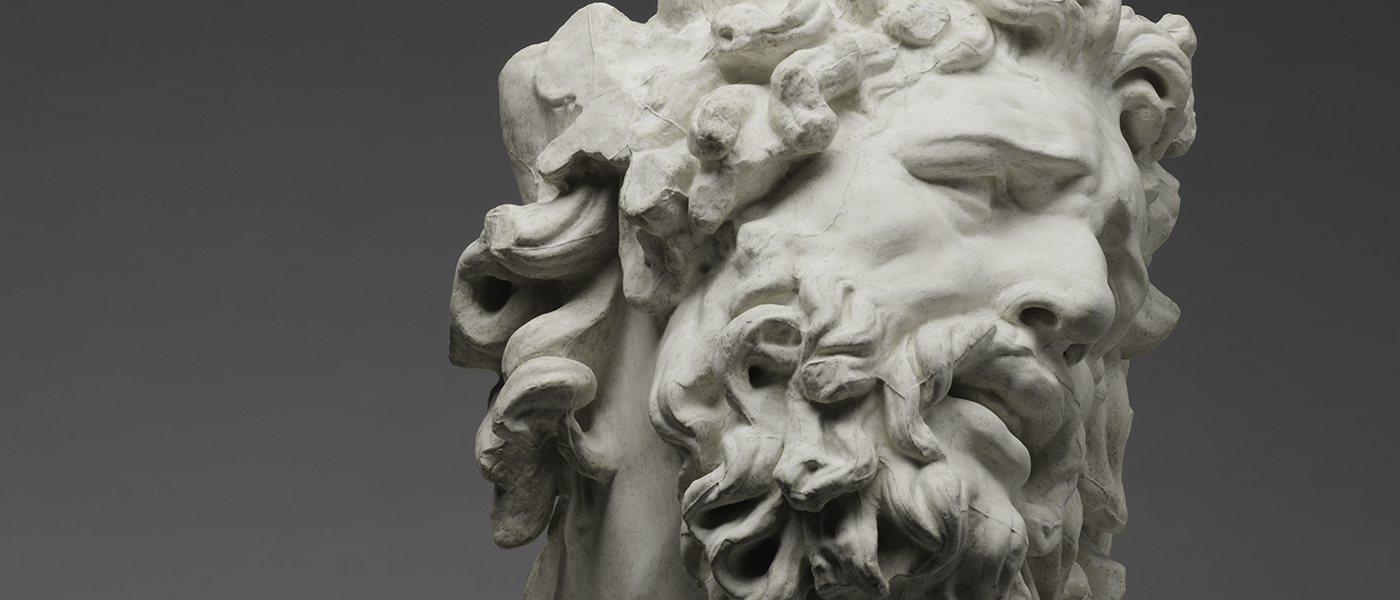
The Philosophy Chamber: Art and Science in Harvard's Teaching Cabinet, 1766-1820
17 April - 15 July 2018
Hunterian Art Gallery
Admission free
Organised in partnership with the Harvard Art Museums, this major exhibition brings rare items from Harvard University’s extraordinary collections to Scotland for the first time.
Introduction
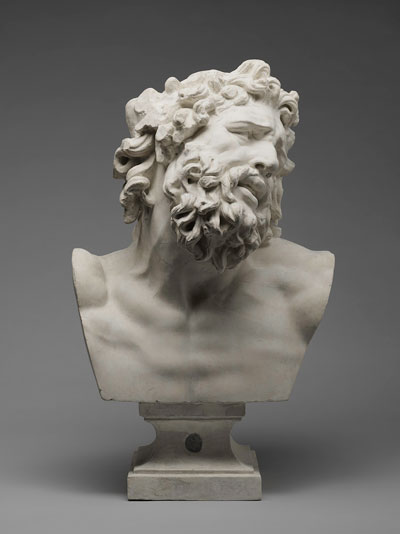 Located in Cambridge, Massachusetts, USA, Harvard is one of the world’s most distinguished and best-known universities. The Philosophy Chamber reunites exceptional works of art and artefacts from its collections, many of which have not been on show for nearly two hundred years, and places them in the context of objects used and collected at the same time on the other side of the Atlantic, at the University of Glasgow.
Located in Cambridge, Massachusetts, USA, Harvard is one of the world’s most distinguished and best-known universities. The Philosophy Chamber reunites exceptional works of art and artefacts from its collections, many of which have not been on show for nearly two hundred years, and places them in the context of objects used and collected at the same time on the other side of the Atlantic, at the University of Glasgow.
Organised in partnership with the Harvard Art Museums, The Philosophy Chamber celebrates the connections between Glasgow and Harvard over two and a half centuries and showcases two unrivalled collections which have played a vital role in teaching and research. Weaving together art and science, it presents a cross-section of the period’s art and material culture, providing an invaluable window into the art and culture of early America.
Image: Jean-André Getti, manufactured by Musée du Louvre Atelier de Moulage, Head of Laocoön, after the Antique, c. 1803. Painted plaster and inset lead. Harvard University Portrait Collection, P12.A. Photo: Harvard Art Museums; © President and Fellows of Harvard College.
The Philosophy Chamber
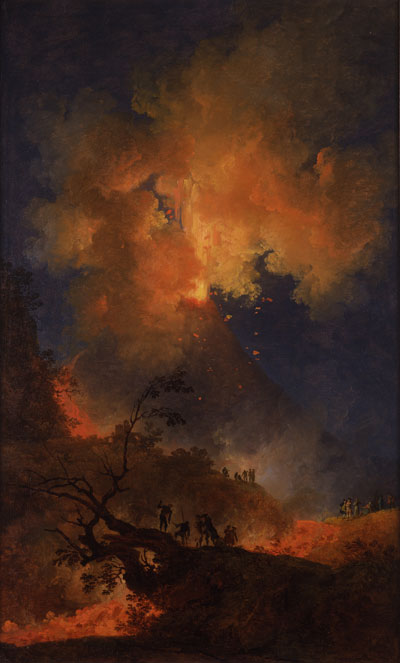 Harvard's Teaching Cabinet
Harvard's Teaching Cabinet
The exhibition takes its name from Harvard’s ‘Philosophy Chamber’ - a grand room at Harvard College that, between 1766 and 1820, was home to more than one thousand artefacts, natural specimens and works of art from around the globe.
Taking its name from the academic discipline of natural philosophy, the Philosophy Chamber served as a lecture hall, experimental laboratory and picture gallery. A hub of art, science and ideas, the room was frequented by an array of artists, scientists, travellers and revolutionaries and its collections stood at the centre of artistic and intellectual life at Harvard and the New England region for more than 50 years.
Its contents were donated to Harvard by its global network of alumni and supporters and the collection studied and displayed there was amongst the first of its kind in North America. The extraordinary collection included scientific instruments, natural specimens and works of art, all used to support research and teaching.
A small portion of the original Philosophy Chamber collection survives today in various Harvard repositories and Boston-area museums.
Image: Pierre-Jacques Volaire, Vesuvius Erupting at Night, 1767. Oil on canvas. Compton Verney Art Gallery & Park, Warwickshire, U.K. Photo: Courtesy of Compton Verney Art Gallery & Park.
Exhibition Highlights
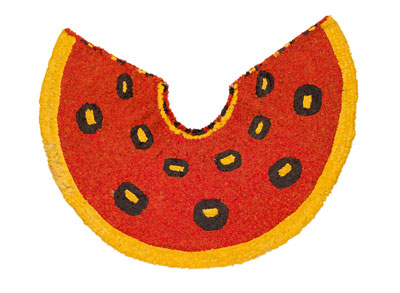 The Philosophy Chamber at The Hunterian features over 100 items including paintings, prints, rare books, exotic artefacts from pioneering exploration, early Native American objects and scientific instruments.
The Philosophy Chamber at The Hunterian features over 100 items including paintings, prints, rare books, exotic artefacts from pioneering exploration, early Native American objects and scientific instruments.
Highlights from Harvard include: an exceptional example of Native Hawaiian feather work; Stephen Sewall’s mural-sized copy of the Wampanoag inscription on the landmark known as Dighton Rock, an 11-foot boulder located in Berkley, Massachusetts; and full length portraits by 18th century American artist John Singleton Copley.
Glasgow highlights include: a reflecting telescope produced around 1760; an Inuit female cagoul from the Davis Straits; and an Inuit paddle donated by a captain from the Glasgow Whale Fishing Company.
Image: Unknown artist, Native Hawaiian, ‘Ahu’ula (Feathered Cape), 18th century. ‘I’iwi (Vestiaria coccinea) and ‘o’o (Moho nobilis) feathers, olona (Touchardia latifolia) fiber, silk, and cotton thread. Peabody Museum of Archaeology & Ethnology, Harvard University, Museum Purchase, Huntington Frothingham Wolcott Fund, 11-65-70/84100. Photo: Peabody Museum of Archaeology & Ethnology, PM# 11-65-70/84100 (digital file 99170065); © President and Fellows of Harvard College.
Transatlantic Connections
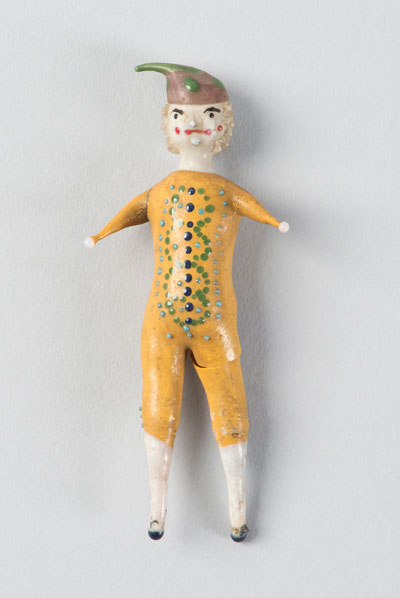 The Philosophy Chamber underlines the intellectual, cultural and trade connections between Glasgow and Boston in the latter part of the 18th century. The collections at Harvard and Glasgow developed in parallel, and are both the result of bequests and donations. The objects chosen for display have great significance, reflecting their vital role in teaching and research at both institutions.
The Philosophy Chamber underlines the intellectual, cultural and trade connections between Glasgow and Boston in the latter part of the 18th century. The collections at Harvard and Glasgow developed in parallel, and are both the result of bequests and donations. The objects chosen for display have great significance, reflecting their vital role in teaching and research at both institutions.
Harvard's 'Philosophy Chamber' was established in 1765, some 10 years before the American Revolution. The exhibition explores aspects of this transformative period in transatlantic history and questions the place and importance of scientific enquiry and debate in the broader context of the relationship between the new republic and Britain.
The artefacts and works of art on display illustrate the connections and differences between the institutions as well as the links between the society, trade and commerce of the time. A print of Benjamin Franklin (1706-1790), who visited the University of Glasgow and befriended Professor John Anderson (1726-1796), emphasises just one of these connections.
The University of Glasgow also established an 'Experimental Chamber' that predates Harvard’s Philosophy Chamber. A collection of books, minerals and artefacts was held in the Old College Library, erected in 1732. Like the Philosophy Chamber, Glasgow's Experimental Chamber was used for the teaching of Natural Philosophy and students would carry out experiments and demonstrations with scientific instruments. These instruments were curated by a young James Watt (1736-1819) who was in charge of their maintenance and repair. Some still exist and are on show as part of the exhibition.
The Philosophy Chamber also offers the chance to see 'cutting-edge' teaching and research tools that played an important part in transforming Harvard College into a leading learning institution.
Image: Benjamin Martin, Cartesian Diver, c. 1765. Colored blown glass. Collection of Historical Scientific Instruments, Harvard University, 0082b. Photo: Courtesy of the Collection of Historical Scientific Instruments; © President and Fellows of Harvard College.
William Hunter Tercentenary
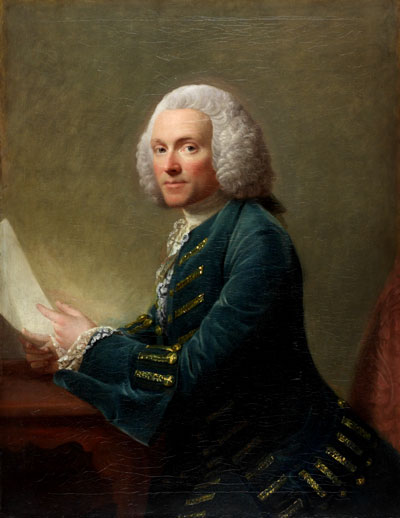 The Philosophy Chamber is part of the William Hunter Tercentenary celebrations, a series of exhibitions and events which mark 300 years since the birth of Hunterian founder Dr William Hunter (1718 – 1783).
The Philosophy Chamber is part of the William Hunter Tercentenary celebrations, a series of exhibitions and events which mark 300 years since the birth of Hunterian founder Dr William Hunter (1718 – 1783).
The Tercentenary highlights the truly unique place of Hunter and his collections in our understanding of the Enlightenment in Scotland and beyond, and his contribution to the formation of the modern museum as a public institution.
Image: Allan Ramsay, William Hunter, c.1764-65. © The Hunterian, University of Glasgow.
Events
The Philosophy Chamber Lunchtime Talks
Wednesdays 9 May - 11 July 2018
1.00pm
Hunterian Art Gallery
Admission free
Wednesday 9 May 2018
Slavery: Scotland and the Caribbean
Dr Stephen Mullen, Research Associate (History), University of Glasgow
Wednesday 16 May 2018
Art and the Foulis Academy
Anne Dulau, Curator of Prints and Paintings, The Hunterian
Wednesday 23 May 2018
James Watt: Energy, Engineering and Innovation
Professor Colin McInnes, James Watt Chair, Professor of Engineering Science, University of Glasgow
Wednesday 30 May 2018
Materials Analysis of Pacific Barkcloth
Dr Margaret Smith, Research Associate - Scientific Researcher (History of Art), University of Glasgow
Wednesday 6 June 2018
'Pacific Feathers' the Feather Money of the Santa Cruz Islands
Prof. David Houston, Honorary Senior Research Fellow, Institute of Biodiversity Animal Health and Comparative Medicine
Wednesday 13 June 2018
Travel and Behaviour Genetics in the age of Exploration
Professor Kevin O´Dell, Professor of Behaviour Genetics, University of Glasgow
Wednesday 20 June 2018
Optics in 18th Century Glasgow
Dr Nicky Reeves, Curator of Scientific and Medical History Collections, The Hunterian
Wednesday 27 June 2018
Thomas Hollis Books at the Library of the University of Glasgow
Robert Maclean, Assistant Librarian, University of Glasgow
Wednesday 4 July 2018
"The Copley Gallery" John Singleton Copley and the Mezzotints
Peter Black, Curator of Prints and Paintings, The Hunterian
Wednesday 11 July 2018
The University of Glasgow in the Enlightenment
Lola Sanchez-Jauregui, Curator, The Hunterian
Acknowledgements
 The Philosophy Chamber: Art and Science in Harvard’s Teaching Cabinet, 1766-1820, is organised by the Harvard Art Museums.
The Philosophy Chamber: Art and Science in Harvard’s Teaching Cabinet, 1766-1820, is organised by the Harvard Art Museums.
This project is supported in part by major grants from the Terra Foundation for American Art and the Henry Luce Foundation.
Lenders at Harvard University include: Harvard Art Museums/Fogg Museum; the Warren Anatomical Museum, Countway Library of Medicine; the Mineralogical and Geological Museum; the Peabody Museum of Archaeology & Ethnology; the Harvard University Archives; the Collection of Historical Scientific Instruments; Houghton Library.
Other lenders from private, academic, and public collections in the United States and the United Kingdom include: the American Academy of Arts and Sciences, Cambridge, MA; the Massachusetts Historical Society, Boston; Peabody Essex Museum, Salem, MA; Museum of Fine Arts, Boston; Compton Verney Art Gallery & Park, Warwickshire, U.K.
Further Information
Find out more about the exhibition at the Harvard Art Museums.
Explore the exhibition at the Harvard Art Museums via their Digital Tool.
Watch a series of short videos on YouTube.

